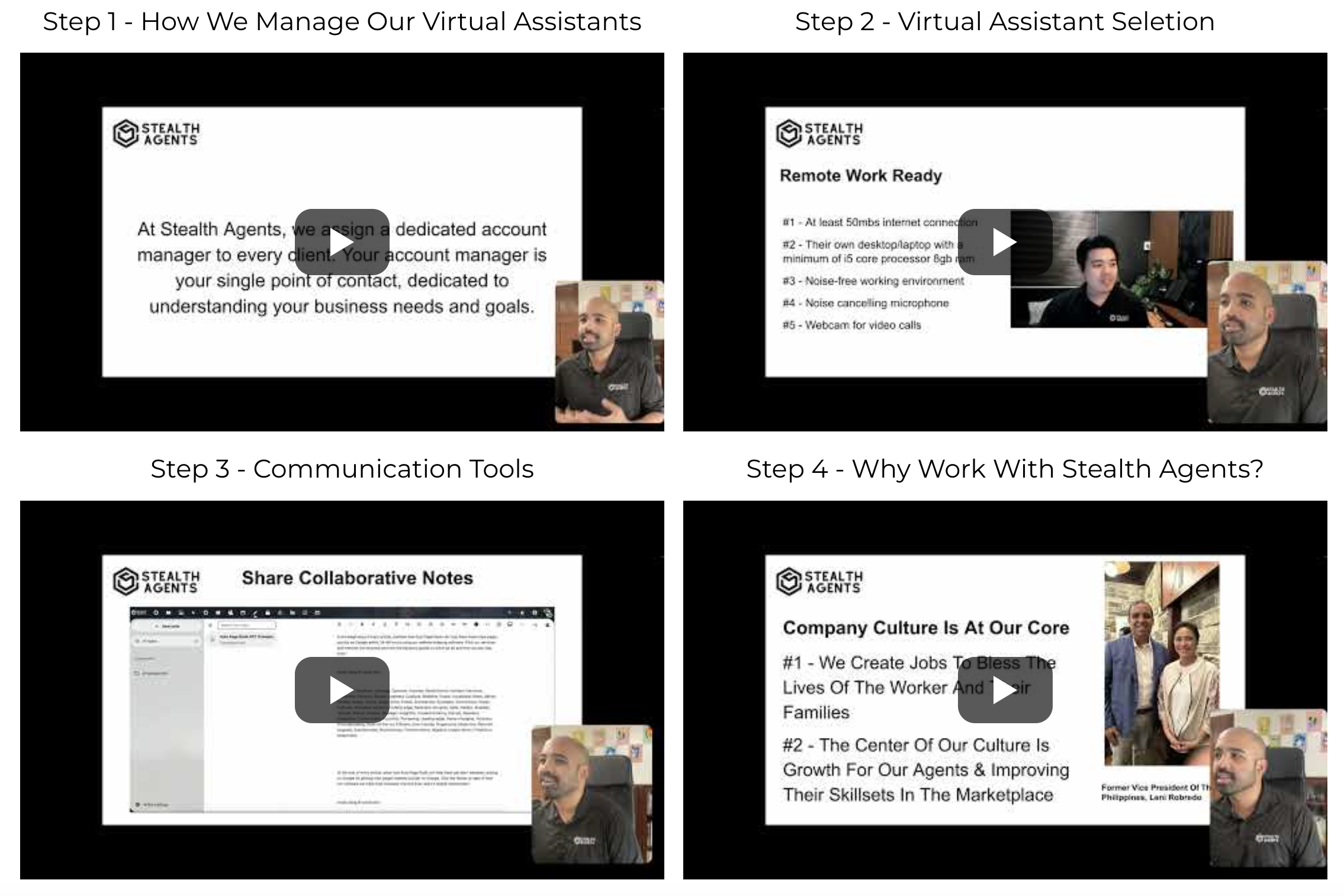Whether you’re embarking on a new business venture, repositioning your brand, or simply aiming for growth, understanding your competitive landscape is not just a consideration—it’s a strategic imperative. A competitive market analysis is the compass that guides your business toward prosperous revenue peaks and steers you clear of potential pitfalls.
But who has the time to generate an extensive list of questions to delve deeply into the competitive currents? Fear not, for we’ve curated a comprehensive list of 65 questions covering everything from market share to branding strategies, presented in an easily digestible listicle format. Skip to the sections that interest you most or dive in headfirst—either way, your business strategy is about to receive a sophisticated upgrade.
In addition to market analysis, this list also includes crucial Business Branding and Positioning questions to help you sharpen your brand identity and positioning. Use these questions to ensure your brand stands out in the competitive landscape and resonates with your target audience.
Your Blueprint to Understanding the Game
Let’s not dawdle—it’s time to tackle each segment of your industry head-on with these 65 competitive market analysis questions. Lace up your boots, and let’s hike through these tactics that will give you a panoramic view of your market.
The Market Environ
-
What are the current and predicted macroeconomic trends?
-
How do political or regulatory changes affect your competitors?
-
Are there any driving technological advances that your industry might overlook?
-
How are the current demographics impacting the products/services of your competitors?
-
Has consumer behavior shifted in response to cultural or social factors and how do your competitors adapt?
-
Are environmental concerns shaping the market, and if so, how are competitors responding?
-
What are the major legal issues currently affecting your industry?
Competitor Profiling
-
Who are your direct competitors, and where do they conduct business?
-
How long have they been in the market, and what is their reputation?
-
What are the strengths and offerings of each, and how do they differ from yours?
-
What are the weaknesses of each competitor, and can you exploit them?
-
What previous market strategies have your competitors implemented, and what were the results?
-
How do your competitors price their offerings, and how does it relate to your pricing strategy?
-
What marketing strategies work best for your competitors, and how do they resonate with their target audience?
SWOT Insights
-
What are the strengths of the top three competitors in your market?
-
How does your business compare regarding these strengths?
-
What opportunities are currently underexploited by your competitors and how can you capitalize?
-
Are there any threats that all your competitors face, and how can you protect your business from them?
-
Can you turn around any weaknesses of your competitors into your business’s strength?
-
How does your business model align with or differ from the current market trends?
Dissecting Brand Power
-
What is the current brand image or equity of each of your competitors?
-
Can you identify specific brand positioning strategies each competitor is using?
-
How does the public perceive their product quality and value, and how does it compare to yours?
-
What are the company cultures of top competitors, and how do they manifest in their business practices?
-
What advertising channels do your competitors use and how effective are these at reaching their audience?
-
What are the unique selling propositions (USPs) of your top competitors, and how are they promoting them?
-
How strong is their customer loyalty, and what keeps them loyal?
Product Performance and Innovation
-
What is the market share of the top innovators in your industry?
-
How fast are competitors bringing new products/services to market, and what’s their success rate?
-
Are there any unmet customer needs that your competitors haven’t addressed?
-
How have customer preferences changed, and how are your competitors adapting?
-
What R&D investments have competitors made in the past year?
-
Are there any patents, trademarks, or other intellectual properties that competitors use?
-
What are the service and customer support strategies your competitors have in place?
Sales and Distribution Tactics
-
What are the distribution channels top competitors use and how efficient are they?
-
Can you compare sales figures with direct competitors, and what insights can you glean from this?
-
What are the sales techniques used by competitors and how do they tailor these to their customer base?
-
Are there any partnerships that competitors have made, and how have they influenced their market share?
-
Have any competitors shifted their models to direct-to-consumer, and if so, what impact has it had on their sales?
-
How strong is the online presence of competitors, and how does it compare to yours?
A Dive into Financial Details
-
What are the revenue streams and average returns of each competitor?
-
How do they fund their operation and expansion plans—is debt a factor?
-
What are the fixed and variable costs each competitor faces?
-
What are the sales and profit growth trends of the key players in your field over the last five years?
-
What are the current and predicted levels of debt of your competitors?
-
What is the earnings potential and growth prospects of each competitor?
-
How do the profitability margins of your competitors compare to yours?
Kinetics of Market Response
-
Has the reaction from consumers and competitors been positive or negative to past strategic shifts?
-
What are the indicators that potential ‘game-changing’ innovations are on the horizon from competitors?
-
Can you predict how competitors will respond to your upcoming market movements?
-
How agile are competitors in their ability to change tactics quickly?
-
What market experiments or tests are competitors currently engaged in, and what can they reveal about future plans?
-
Is there any market data that suggests a departure from a competitor’s current strategy?
Organization and Execution
-
What are the core competencies and capabilities of direct competitors?
-
How are the key success factors different from those of your company, and how are competitors utilizing these?
-
What are the internal structures and processes of your direct competitors?
-
What are the organizational cultures that appear to support the competitive advantage of each competitor?
-
How are the resources and capabilities of each competitor similar or different from your business?
-
What are the likely future actions of your direct competitors based on their resource positions?
Relationship with Suppliers and Other Stakeholders
-
What are the relationships like between competitors and their suppliers or vendors?
-
Can you identify any supply chain weaknesses or vulnerabilities in your competitors’ operations?
-
How do competitors treat other stakeholders like investors, employees, or the local community?
-
Are there any cost advantages that competitors enjoy regarding raw materials or labor?
-
What are the approaches competitors are using to manage and secure supply?
-
How do collaborations with external partners affect the competitiveness of your rivals?
Conclusion
It’s humbling to stand amidst the rich sea of information that these questions unlock. But the edge comes from translating knowledge into action. Take these questions, carve them into actionable insights, and forge a competitive strategy that’s not only data-driven but laden with innovation and foresight.
Embrace the challenge. The competitive market is a battlefield, and your brand must be a force to be reckoned with. So go forth, armed with these questions, and stake your claim on the ever-shifting terrain of commerce.











